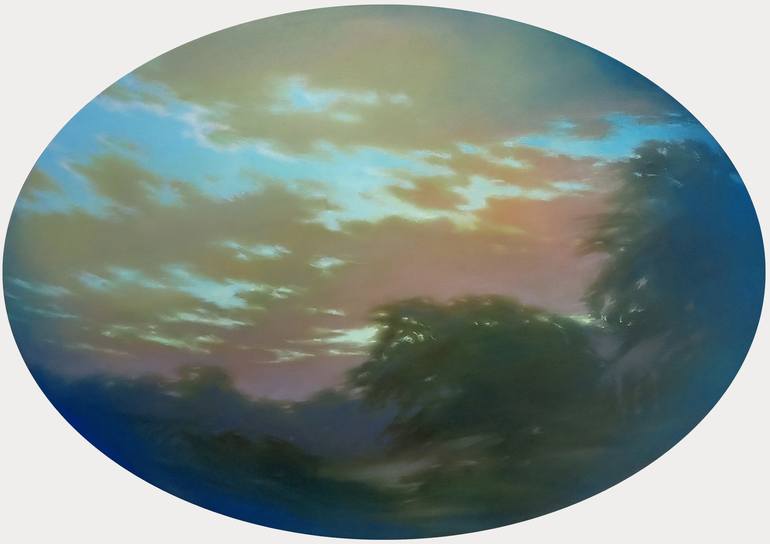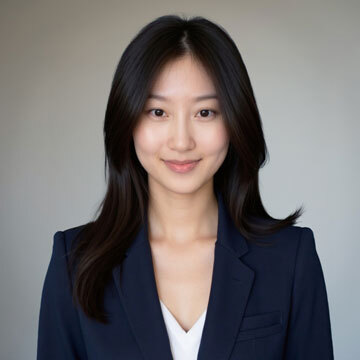






37 Views
5
View In My Room
Painting, Oil on Canvas
Size: 47.2 W x 35.4 H x 0.8 D in
Ships in a Tube
37 Views
5
Artist Recognition

Featured in the Catalog

Artist featured in a collection
ABOUT THE ARTWORK
DETAILS AND DIMENSIONS
SHIPPING AND RETURNS
Rocaille's series of works were originally motivated by formal searches. I wanted to create some modern landscapes that had a clear reference to the classic French landscape from the time of Antoine Watteau. Hence, the name Rocaille is an appeal to the early 18th century and its aesthetics. Most of ...
Year Created:
2020
Subject:
Styles:
Mediums:
Painting, Oil on Canvas
Rarity:
One-of-a-kind Artwork
Size:
47.2 W x 35.4 H x 0.8 D in
Ready to Hang:
Not Applicable
Frame:
Not Framed
Authenticity:
Certificate is Included
Packaging:
Ships Rolled in a Tube
Delivery Cost:
Shipping is included in price.
Delivery Time:
Typically 5-7 business days for domestic shipments, 10-14 business days for international shipments.
Returns:
14-day return policy. Visit our help section for more information.
Handling:
Ships rolled in a tube. Artists are responsible for packaging and adhering to Saatchi Art’s packaging guidelines.
Ships From:
Georgia.
Need more information?
Need more information?
Fedora Akimova
Georgia
Fedora Akimova is a mixed-media artist specializing in installations, video, and objects. In her work, she often incorporates various textile practices such as embroidery and sewing, as well as found objects and ready-mades. Fedora Akimova was born in 1987 in Kyiv. Since March 2022, she has been living and working in Tbilisi (Georgia) and Paris. Before February 24, her work consisted of plastic experiments that explored global civilizational and philosophical questions, embodying a form of escapism into a hypothetical world without humanity. The full-scale invasion, forced relocation, and the disruption of her daily life prompted her to reconsider her identity and artistic strategy. This led to a reinvention of her artistic language and the inclusion of more politically and socially engaged themes in her work.
Artist Recognition

Featured in Saatchi Art's printed catalog, sent to thousands of art collectors

Artist featured by Saatchi Art in a collection
Why Saatchi Art?
Thousands of
5-Star Reviews
We deliver world-class customer service to all of our art buyers.
Global Selection of Original Art
Explore an unparalleled artwork selection from around the world.
Satisfaction Guaranteed
Our 14-day satisfaction guarantee allows you to buy with confidence.
Support Emerging Artists
We pay our artists more on every sale than other galleries.
